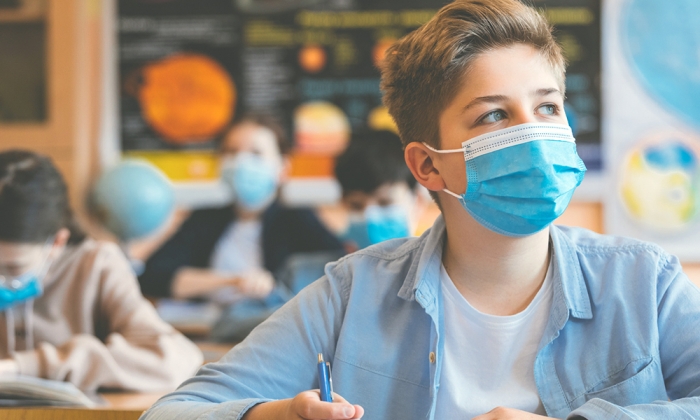Data on student academic outcomes during the pandemic show that students (and other underserved populations) suffered academic deficits in subjects such as reading and arithmetic (Bond et al., 2020). During the epidemic, many instructors battled to keep their students engaged. To be clear, this problem did not arise out of nowhere during remote education; many professors struggled to engage students prior to the pandemic, and the impersonal nature of distant learning simply worsened this dynamic. As we return to face-to-face education, it’s critical to consider how instructors might better encourage and engage students.
It’s clear how important it is to keep students interested. Possible ways to make it happen:
A) Collaborative Learning
Collaborative learning arrangements are critical to getting and keeping students excited and motivated. They are more used to thinking, doing, and learning together than working alone. This doesn’t mean that all students learn best when they work together, but it does show that different learning arrangements could benefit more students by taking into account different students’ learning preferences.
In order to have effective collaborative learning, it’s not easy. Putting students in a group and hoping for the best doesn’t work. It takes time and a new mindset for everyone to learn how to work this way. In order for a group project to be successful, it is important to lay out the goals and responsibilities of each student. Roles can be assigned in a variety of ways, including allowing students to pick based on their preferences, daily role rotations, or random role allocations. Consider the shift to collaborative techniques as a journey that your class is embarking on. As you go on the journey, you’ll change how you do things and find out what works best for getting and motivating students.
B) Warm Demanding
Practice being “Warm Demanding.” Teachers who believe in their students’ ability to succeed are more likely to be able to get students excited and motivated. Low expectations won’t make students more excited and motivated. Instead, low expectations will lead to low participation and engagement, and many of these learners will think that teachers don’t believe that they can learn.
When teachers need to do this, they need to be warm demanding. This word was invented by Kleinfeld (1975) to indicate exceptional instruction for Athabascan Indian and Eskimo ninth-grade students in Alaskan schools. Those teachers who are warm demanders care about their students but hold them to high standards and expect them to do well. They also give their students instruction that is rigor, depth, and complexity. Similar methods must be used to get students excited and motivated.
Kleinfeld talked about building relationships, learning about students’ cultures, communicating an expectation of success, providing learning supports, and being clear and consistent on expectations. Additionally, we would emphasize the need of incorporating culturally appropriate learning resources into classes and materials.
Holding students to high standards for learning and creating a supportive environment based on high praise, scaffolded learning, and cultural affirmation is a great way to get all students excited about and motivated to learn, as well.
C) Active Learning
When we think about how to keep students interested, we often forget about the power of active learning. The way teachers teach content is just as important as the content itself. Active learning is when teachers use methods that make students think critically, reflect, discuss, make conceptual connections, solve problems, and use other high-energy cognitive processes, so they come to understand the content through active learning, which is how they learn about things in school. Such instruction makes students think, expands their ideas, and helps them learn how to solve complex problems, understand what they learn, and put new information together with the information they already know.
So, active and interesting instruction starts with a teacher setting high standards for how students should interact with the content and see why they are learning what they are learning. Then, students do things like explore, hypothesize, discuss, create, and take risks. A teacher might ask a few questions to start a lesson or use a story or analogy to get students interested in important ideas. There are many ways to know, think, express, and interpret information in a learning environment that respects and encourages them.
References
- Bond,M., Buntis,K., Bedenlier, S., Zawacki-Richter, O., &Kerres, M.(2020). Mapping research in student engagement and educational technology in higher education.International Journal of Educational Technology in Higher Education, 17(1),1-30.
- Kleinfeld, J.(1975).Effective teachers of Eskimo and Indian students. The School Review, 83(2), 301-344

